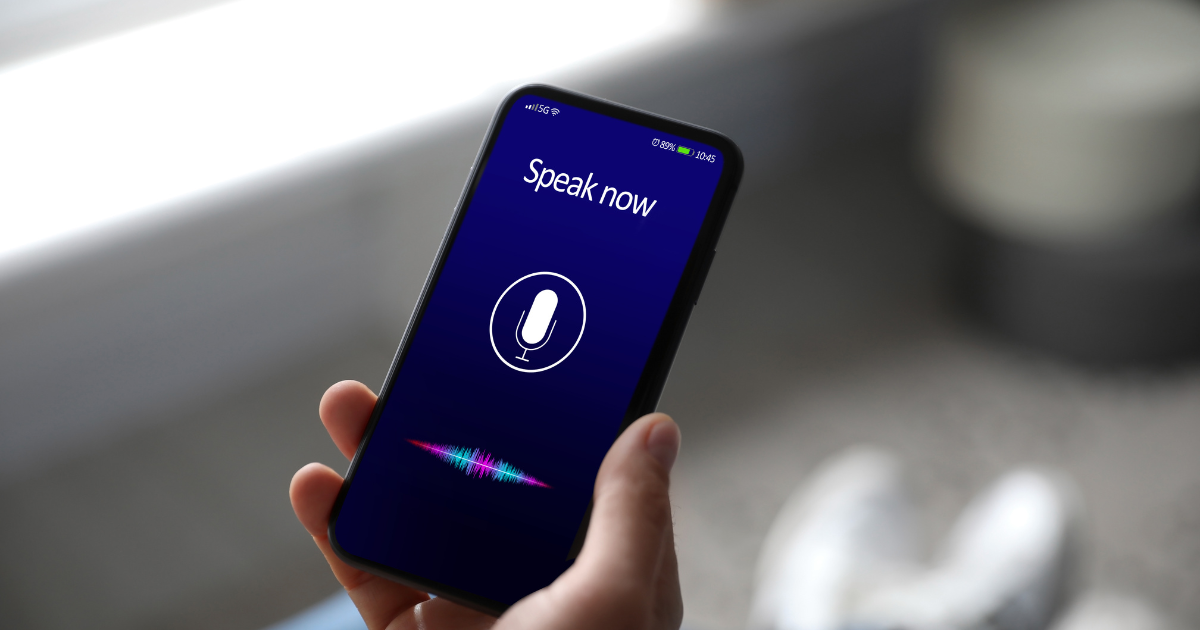
Exploring the Effects of Voice-Enabled Devices
Technology has come a long way since the early days of the internet. With the rise of voice-enabled devices like Amazon Echo and Google Home, the way people interact with technology has shifted once again. As more and more people use voice commands to search the web and access information, website designers must adapt to this new reality and rethink the way they approach website design.
Optimizing for Voice Search
One of the biggest implications of voice-enabled devices is the need for websites to be optimized for voice search. With the rise of digital assistants like Siri and Alexa, people are using voice commands more than ever to search for information online. This means that website designers must create websites with concise, conversational content that can be easily understood by these devices. Additionally, designers must also consider the importance of schema markup and structured data, which help search engines understand the content of a website and improve its visibility in voice search results.
Navigating with Voice Commands
Another important consideration is the need for websites to be easily navigable using voice commands. This requires designers to rethink the way navigation menus are structured, making sure that users can easily find the information they are looking for using voice commands. Designers may add additional layers of navigation or restructure the overall layout of the website to ensure that users can easily navigate the site using voice commands.
Changing User Expectations
As more people become accustomed to using voice commands, they will come to expect the same level of ease and convenience when using websites. This means that designers must create websites that are easy to use, accessible, and intuitive, even when accessed using voice commands. Website designers must also consider the accessibility of their websites for users with disabilities, such as those who are visually impaired or have mobility issues.
The Importance of Conversational Content
One of the most significant changes that voice-enabled devices have brought about is the need for conversational content. Unlike traditional web content, which may be designed for reading, conversational content is designed for speaking. This means that website designers must create content that is concise, easy to understand, and designed for the way people speak. This shift in content creation requires designers to think differently about how they approach website design and content creation.
The Future of Website Design
As voice-enabled devices continue to gain popularity, website designers must continue to adapt and evolve their approach to website design. The challenge for designers is to create websites that are both effective and engaging, even when accessed using voice commands. With the right approach and a focus on creating conversational content and intuitive navigation systems, website designers can create websites that are optimized for voice-enabled devices and provide a seamless user experience for all users, regardless of how they access the site.





